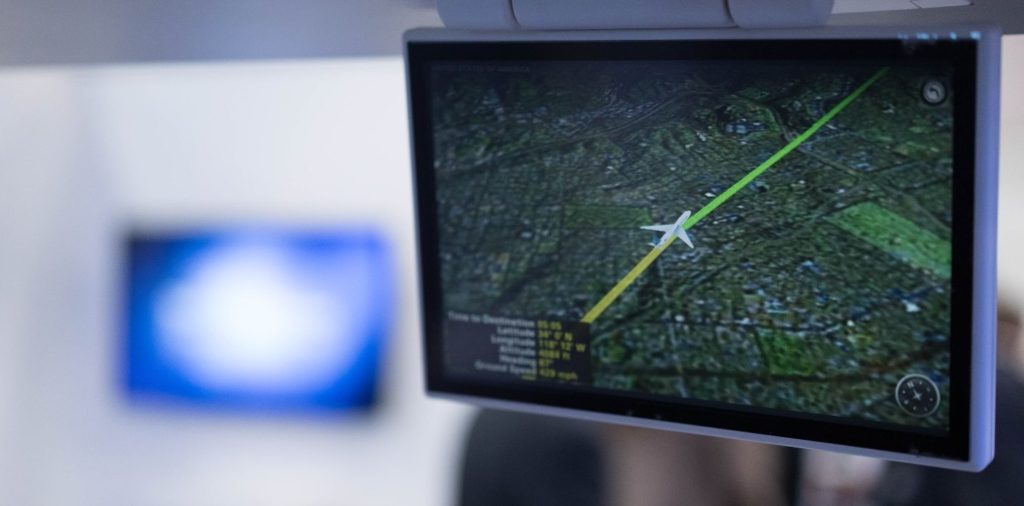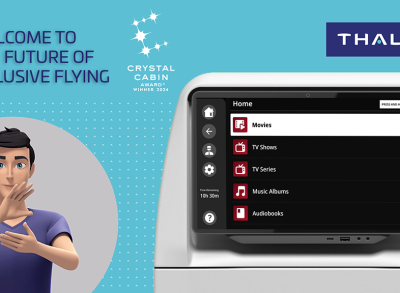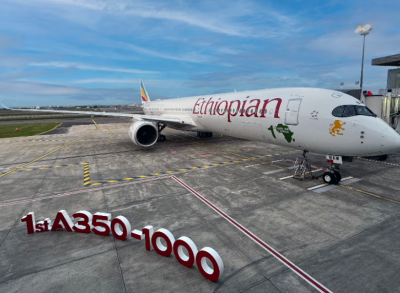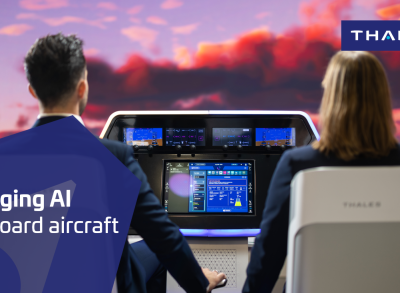An industry perspective on aviation safety
Gil Michielin, head of Thales’s avionics business, speaks to Onboard about the future of air transport and the sector’s new challenges.

First, as demand for air travel grows, more aircraft are required. For many airports and airspace regions, the aim is to ensure maximum capacity and keep traffic flows as smooth as possible both in the air and on the ground. Secondly, the overall air transport system is becoming more complex. Onboard systems are no exception given the variety of requirements and constraints they must address, while cockpit systems have to incorporate the latest advances in human factors engineering for new generations of pilots, brought up on iPhones and iPads. Additionally, there is growing demand for connectivity, further compounding the need for secure designs, new devices and functions to make aircraft resilient to malicious attacks.
Training is another challenge and we are moving towards a shift from the current model where it takes several years to train a pilot. Airlines now demand aircraft that are easy to fly safely with optimum levels of training, and of course without compromising safety in any way.
There is also increasing pressure for more environmentally-friendly air transport. To meet ambitious fuel consumption objectives, we need to find optimised ways of flying, shorter routes and new systems on the ground. All these changes have to roll out quickly and the air transport system of tomorrow needs to be designed today!
What levers in terms of advanced research are being explored at Thales?
We have made significant headway on the conception of future aircraft cockpits. Achievements include the use of integrated displays, and situation awareness functionalities using Traffic Collision Avoidance Systems and Terrain Warning Avoidance Systems. However, pilots need to have an even clearer perception of the situation, so as to fly a safe trajectory whatever the circumstances. This means providing robust information about aircraft flight parameters and the surrounding environment, whilst also facilitating the task of adopting the desired trajectory and adhering to it.
To manage this, Thales has designed new head-up displays and head-worn displays — we call them “eyes-out” systems — that superimpose the aircraft’s trajectory and vector on the external view (real, enhanced or synthetic). Secondly, large head-down screens displaying aircraft vector, flight path and a synthetic view of terrain, obstacles and traffic offer both intuitive piloting and easy anticipation and control. The capacity to offer a trajectory that is easy to fly in all phases of flight, and whatever system degradations the aircraft may be experiencing, will also be a key feature of the advanced cockpit systems of the future.
What other areas show particular promise?
Fly-by-wire technologies have already brought significant progress in providing a flight protection envelope that prevents an aircraft from entering into hazardous configurations. Enhanced alerts and auto escape functions help to overcome the risk of runway overruns or converging traffic and provide additional protection from terrain, obstacle and weather hazards. New techniques make it possible to automatically reconfigure flight parameters following an aircraft system failure or degradation, without necessarily affecting the trajectory.
Does this mean greater complexity for pilots?
The challenge is to develop more user-friendly interfaces which ensure that aircraft are easier to handle despite the increase in number and complexity of functions! Complexity remains behind the scenes. To achieve this we are using technologies and interaction means similar to the consumer world, like touchscreen technology and combined visual and sound cues.
Is ubiquitous connectivity an opportunity or a threat?
Permanent connectivity will make it possible to track an aircraft and update its status at all times. Similarly, permanent access to detailed traffic and weather information will help flight crews to take the right decisions at the right time. Connectivity will make traffic smoother, reduce delays and help anticipate problems.
It does however raise the issue of cybersecurity, which must be built into the design of all new communication systems and datalinks. But at Thales, cybersecurity is one of our cornerstone activities. We protect critical infrastructure from cyberattacks, and we secure 80% of the world’s financial transactions.
With 1,500 cybersecurity specialists supporting security operations in over 50 countries, Thales brings a unique value proposition to the aeronautics sector: We team with suppliers, aircraft manufacturers and regulatory authorities to ensure compliance with all applicable requirements related to system safety and security. No other avionics or IFEC provider has that pedigree to ensure end-to-end safety and security.
Find us on Twitter @thales_avionics, on our official Youtube channel Onboard TV and on LinkedIn Thales Aerospace.




